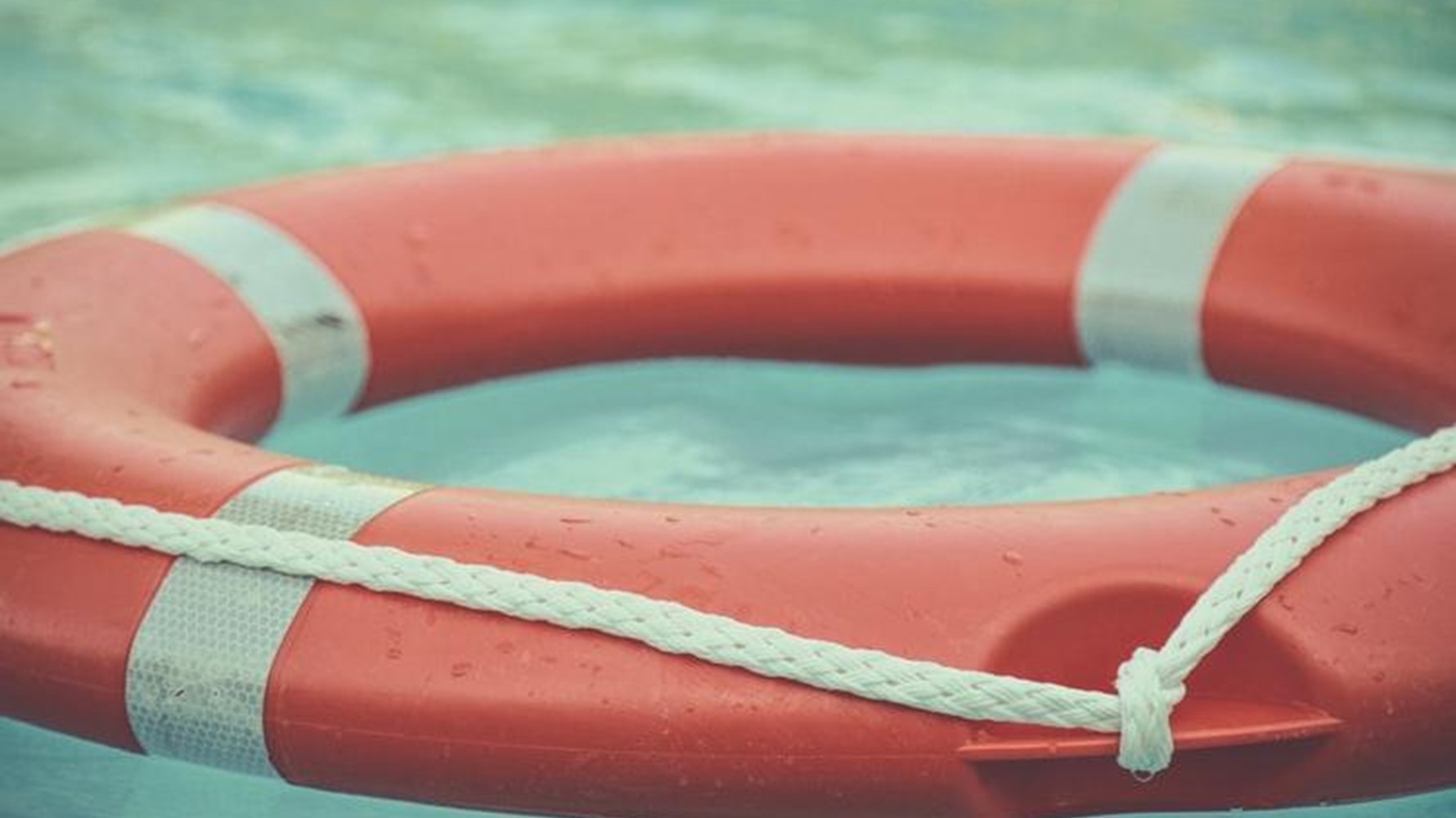In an era where the mere mentions of terrorism, viral epidemic, natural disaster, or political unrest reverberate around the world, the topics of safety and security have entered our daily discourse. Meetings and events are no different, realms where the real, practical necessity of protection from harm lands firmly center stage. After all, delegates and attendees must feel free from any perceived or actual risk, liberated from all concerns surrounding their wellbeing. That is easier said than done and ensuring the safety of guests is a complex, multi-layered undertaking, riddled with questions in search of workable answers. What measures can companies in Asia take to ensure the safety and security of attendees? Are these measures enough and if not what improvements can be made?
“There still isn’t an all-encompassing solution to manage safety and security for meetings and events,” notes Sam Lay, Senior Director, Asia Pacific, CWT Meetings & Events. “The measures are simply part of a larger or more generic scheme that arise from likes of insurance coverage. There needs to be more awareness. Safety and security is not at that level yet, where it is part and parcel of planning and we need a few key organizations to set the stage here.”
Typically, points out Petrina Goh, Director, Singapore, CWT Meetings & Events, planners look at travel restrictions and advisories placed on countries and cities by the likes of consulates, ministries and other organizations that assess travel risks, and use these as pointers as to where delegates can and cannot go, “but generally planners don’t look beyond that. It’s very fragmented.”
Yet it is critical that they do. Safety and security requires interpreting many facets, among them variables like general physical health, electoral cycles, weather patterns, security of the venue and its vicinity, fire safety, exit points, doctors, the security team in-house, each of which can play a significant role in the suitability of a destination. Some industries are more sophisticated than others in their interpretation and knowledge of these factors.
“Industries with mature security include oil and gas and pharmaceutical companies,” explains Goh. “Pharma companies usually include emergency hotlines in all event collateral, the emergency number in the city where the event is taking place, and the address of the nearest hospital. We encourage all planners to include this information in their event collateral.”
“There is a culture of safety and security already in industries like oil and gas and it transcends into other parts,” says Lay. He believes that whatever the industry, a planner must go beyond the reactive side of planning and look at what is happening on the ground and on-site during the pre-event phase. “For instance, if you were going to Thailand and Indonesia during election times, you need a very advanced view. We would look at on-site threats and potential routes for evacuation. If you are off-site, the concerns are vastly different from a business-travel city scenario.”

For Aditya Luthra, Security Director, Asia, International SOS and Control Risks, planners face multiple challenges. “Organizations are increasingly choosing to travel and host events outside capital cities or major commercial metropoles, and the access to medical care might be sub-par compared to major commercial centers and the security environment can be more variable.” He also notices a change in the demographic at events, with increasing female and LGBTQ participation, which has implications for how planners address the security considerations for their events. “Organizations have a legal and moral responsibility to provide pre-travel training and knowledge to minimize risk in locations, and protect attendees and delegates from harm’s way as far as possible.”
“We screen tour operators, check their safety records. We have to look at things like whether it is safe to put delegates on a boat or in a cable car. A planner is responsible for the safety of attendees for every minute,” declares Goh. For events in public areas, where delegates might come into contact with city residents, planners need to mitigate risks like pick-pocketing and petty crime. In the end, guaranteeing that safety requires sifting through information that is both macro and micro, from the general level of crime at a destination to ensuring that a venue can cater to a delegate that has a peanut allergy, for instance. And for each scenario, there needs to be a contingency plan, even for destinations that seem completely safe. “There are a lot of considerations in addition to just the destination itself,” mentions Goh. “There is perception with a lot of our planners that if a destination is ok, then everything else is OK.”
Singapore is seen as incredibly safe — which it is — but last year a number of diners suffered food poisoning at a well-known luxury hotel in the Lion City. Nowhere is completely accident-free and planners must be receptive to talk about subjects that might be difficult. “What happens if something does go wrong,” says Goh. “Planners must understand where the liability will fall should things go wrong. The legal and reputation repercussions are big considerations and we notice a move away from the adventurous traveler to the adventurous but cautious traveler.”
Thankfully companies now increasingly strive to show duty of care. “Markets like Western Europe, North America, Australia, Japan and Singapore have strong duty-of-care cultures,” notes Luthra. “In China, India, Thailand, and Indonesia, we are seeing a significant growth in recognition of duty of care among organizations.”
Hotels run through a gamut of procedures with planners to ensure they meet the requirements of an event and their guests’ security. Stanley Ng, Director of Sales, MICE International Sales Office Singapore for Accor, believes it is key to arrange a “prior site inspection and meeting with the meeting planner, as well as involving both safety and security teams of the company and hotel to review hotel’s security procedures and policy.” Other measures include conducting physical checks of passport details when guest check-in, ensuring key card access is only to the designated floor in which the guest is accommodated during their stay, physical and regular patrols by security officers around the hotel for deterrence purposes, and the use of CCTVs for regular surveillance of the hotel premises at all times. Luthra feels that planners should not rely just on branding, but do actual due diligence checks on properties they plan to use for an event. And they should study every component of an event — the hotel, venues, activities and transport between each point.
For an overview of a destination, the best source of information isn’t necessarily the tourist board which has a vested interest to paint a positive picture of the city, region, or country it represents, but national governmental agencies and companies that conduct independent analyses. In Singapore, the Ministry of Foreign Affairs lists travel advisories on its website, dissemination of information that is not designed to instill fear but to show responsibility and allow its citizens to make calculated decisions. For Caitrin Moh, Senior Mice Manager at the Korea Tourism Organization, “on the safety and security in meetings and events, we follow the travel alerts issued by the Ministry of Foreign Affairs, be it in Singapore or Korea.” She points to the reliability of information of such government bodies. “I was in Korea for business trips during the North Korea-South Korea tension in 2015 and MERS in 2016. Daily life and business were as usual, but the media sensationalized the stories. The ministry’s travel advisory publicly shared that Korea was safe to travel to.”

International SOS offers intelligence on medical and travel security risks in destinations around the world. It also provides on-the-ground support such as secured transport, medical assistance and evacuations. Companies often approach it prior to an event for tailored assessments and advice on how to manage any anticipated risks, which factor in the destination, itinerary, travel dates and travelers’ profiles. “We have an app that sends delegates push notifications in real-time about destination-specific medical and security risks, and also provide advice on how they should respond,” says Luthra. And incidents seem increasingly likely to take place, according to the recent Business Resilience Trends Watch 2019 survey by Ipsos MORI. Forty-three percent of the surveyed organizations, including event organizers, said they expect travel risks to rise in 2019, with issues like security threats, national disasters, and extreme weather topping the list. “Preparing delegates and attendees for the risks they might encounter while traveling is important. It is also incumbent on management to know how to respond when an incident takes place.”
Yet, even with all the planning and pain-staking analysis derived from multiple sources, not everything can be controlled. Delegates and attendees often view free time as sacred, moments when they can remain anonymous and have control of their schedule; during those periods, it’s hard for organizers to police their every movement. In such cases, planners should still advise delegates on things like areas that should be avoided or ways to behave in public.


